Second-fastest growing city in US where it’s too hot to even go outside faces water shortages
America’s second-fastest growing city is facing a major water supply problem as residents live in scorching heat every day.
During the pandemic, homebuyers have flocked to Kyle, Texas, where an underground water source is currently dwindling, leaving more than 67,000 residents in need of water.
Even before summer had begun, temperatures in the city 20 minutes outside of Austin had already soared to nearly 100 degrees Fahrenheit, with nearby creeks and watering holes drying up as the city continued to dry out.
According to the report, Hays County, where the popular city is located, will likely experience extreme droughts for at least a quarter of every year by 2040. ICE Sustainable Finance.
The situation has become so dire that last summer residents were no longer allowed to wash their cars at home or use local water for construction projects, and municipalities were also required to restrict the use of sprinklers and hoses.
In Kyle, Texas — about 20 minutes outside of Austin — the aquifer, an underground water source, is currently shrinking, leaving more than 67,000 people struggling with water
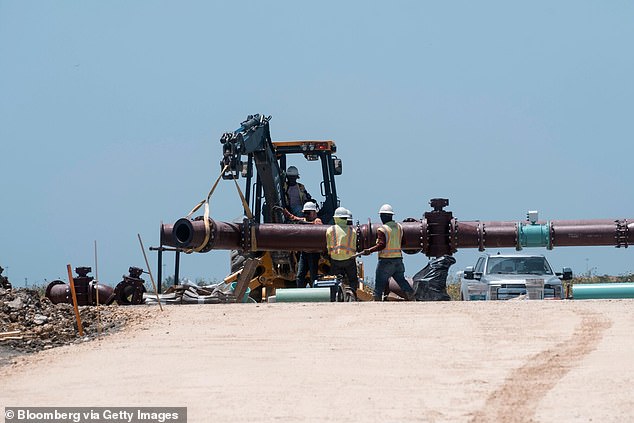
City officials are currently working on a new pipeline (pictured) that is expected to be completed in February 2025
Many, if not all, residents use water hoses to help cushion the foundation of their homes and prevent cracking and subsidence from the heat.
Stephanie McDonald, 62, who bought a home in Kyle in 2015, said The Wall Street Journal She often worries about the foundation, because there is less and less water.
At a city council meeting in the spring, McDonald argued that there was not enough water for all the new homes authorities continue to build in Kyle.
Last year, Kyle homes and businesses needed 4,382 more gallons of water per minute at peak times, compared to just 571 gallons in 2021, a report from city engineers found.
While water supplies in the city are lower than ever, energy bills are posing a heavy burden to the city and its residents.
According to city budget reports, minimum water bills for Kyle households rose to an average of 6.8 percent annually between 2021 and 2022.
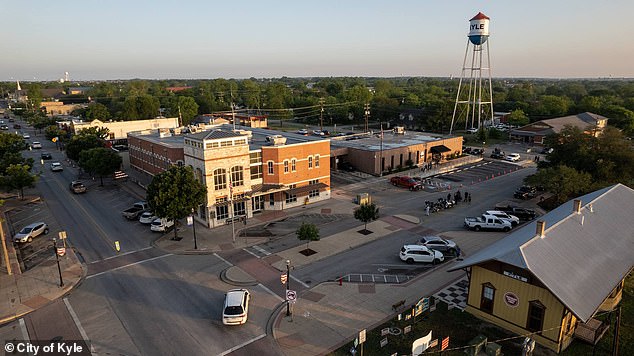
While water supplies in the city are lower than ever, utilities are putting a heavy burden on the city and its residents.
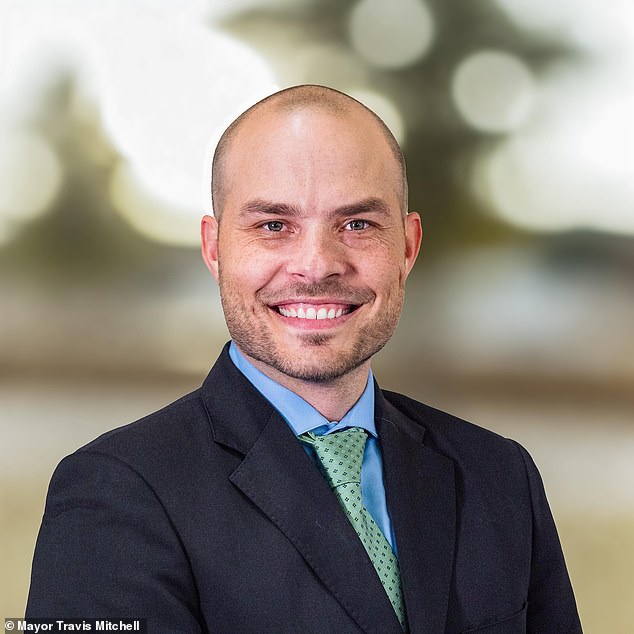
“Right now we are looking to expand our water portfolio due to the rapid growth of our city,” said Mayor Travis Mitchell (pictured)
In April, the city purchased the water rights of nearby San Marcos, drawing water from the Carrizo-Wilcox aquifer.
Mayor Travis Mitchell has consistently addressed Kyle’s water problem and said the restrictions have already helped the city conserve water.
“We are currently looking to expand our water portfolio due to the rapid growth of our city,” Mitchell said KXAN.
In addition to rapid growth and lack of water, the city also faces dangerously high temperatures, causing residents to only venture outside early or late in the day.
In addition to the high temperatures, Kyle also suffers from extreme humidity, which makes it difficult for the body to cool down.
Last year, temperatures in Austin reached a scorching 47 degrees Celsius, this year the temperature dropped to just 46 degrees Celsius.
In May of this year, emergency services had to handle 125 heat-related calls, more than double the number the year before.
“I had people who worked in factories or in an Amazon warehouse who took precautions and went to work with a big jug of water, and they still went into kidney failure,” John Tuners said. medical director of four emergency and urgent care facilities in the region, recalled.
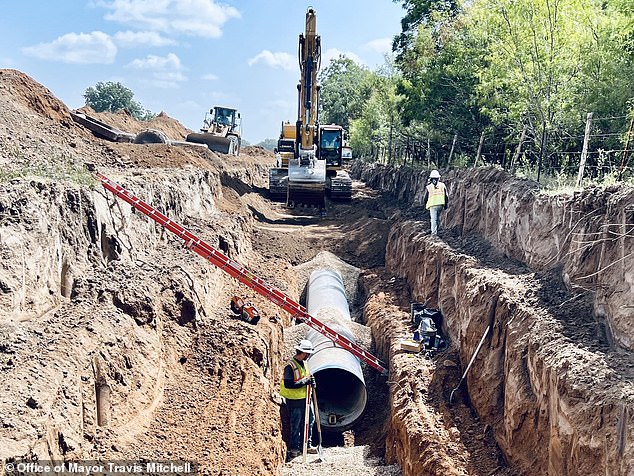
The new pipeline is expected to supply water not only to Kyle, but also to San Marcos and Buda for at least 50 years
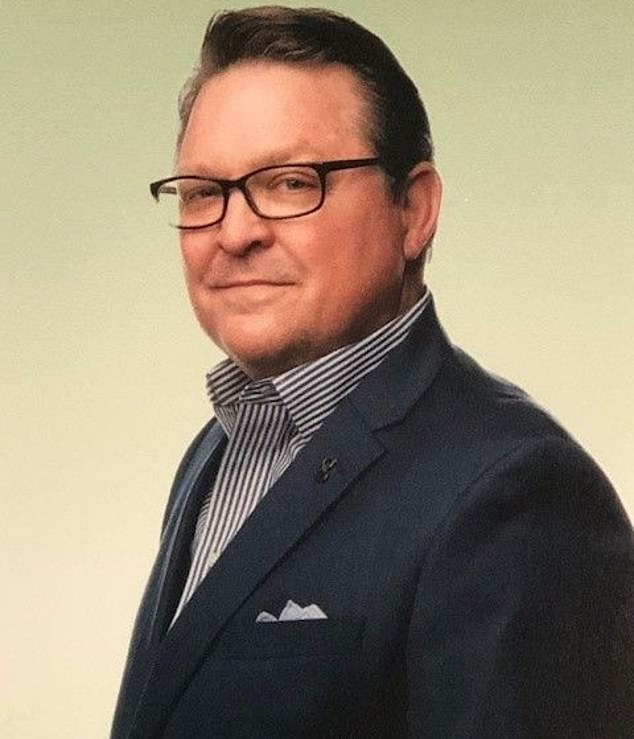
Mike Murphy (pictured), Kyle’s director of water utilities, estimated the $250 million pipeline will provide the city with 2 million gallons of water by 2027
Many people suffered kidney failure from extreme dehydration, while others developed rhabdomyolysis, a near-fatal condition in which muscle tissue breaks down.
A new pipeline is currently being constructed in the city, scheduled for completion in February 2025.
Our current water supply is approximately 5.7 million gallons per day. [The pipeline] “That’s another $1.7 million,” Kyle Water Director Mike Murphy told the newspaper.
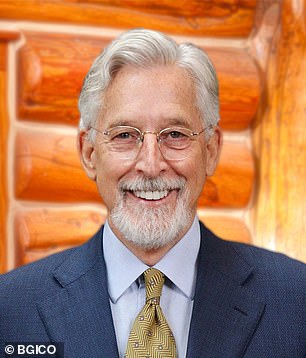
Bob Gregory (pictured) has already started desalination, removing salts and minerals from brackish water so he can sell it next year.
Murphy estimates the $250 million pipeline will provide the city with 2 million gallons of water by 2027.
The new pipeline is expected to supply not only Kyle, but also San Marcos and Buda with water for at least 50 years.
Robert Mace, director of the Meadows Center for Water and the Environment at Texas State University, thinks the water will run out much faster.
Mace predicts that the pipeline will likely run out of water in 10 to 20 years as other suburbs of San Antonio and Austin begin tapping into the water supply.
The city is also exploring options for recycling wastewater for both commercial and agricultural purposes, and is requiring new homes to have landscaping that requires very little water, Mitchell said.
“We can’t choose between moderate growth or slow growth,” Mitchell told The Wall Street Journal.
According to Mitchell, municipalities are limited in their ability to restrict construction activities under Texas law.
The mayor added that for this reason, the city is bringing in developers before negotiating with them about sustainability in Kyle.
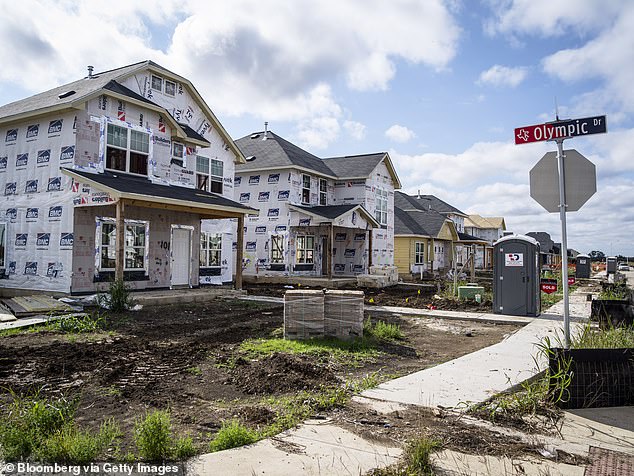
Under Texas law, municipalities are limited in restricting construction, Mitchell said. He added that this allows the city to engage developers before negotiating with them about sustainability in Kyle. (Photo: New homes being built in Kyle)
Some residents have taken matters into their own hands. Bob Gregory has already begun desalinating, or removing salts and minerals, from brackish water to sell next year.
“It’s just a matter of time before water prices rise to the point where they offset the price I pay for desalination,” said Gregory, owner of Texas Disposal Systems.
A new 300,000-square-foot Amazon sorting center recently opened in Kyle, along with a nearby Tesla megafactory.
An Amazon spokesperson said the average indoor temperature in the new facility is 73 degrees Fahrenheit and that no workers have been affected by heat-related illnesses in 2023-2024.
A Sprouts Farmers Market and several dollar stores are opening soon in Kyle, while electric vehicle charging company XCharge Technologies recently opened a flagship workshop there.
While the city’s revenues have quadrupled to $65 million due to increased residents and businesses, some people are frustrated with the large population.
Local construction workers busy building new homes are experiencing severe discomfort from the treacherous heat.
“I’ve seen people completely pass out. I’ve passed out myself,” said Alex Stockton, who supervises construction workers in Kyle.
His crew gets one 30-minute break during their shift, but Stockton keeps a close eye on his workers and lets them sit out when necessary.
‘Many companies don’t like that style.
“They come by and ask, ‘Why is he there?’ And I say, ‘I don’t know, so he doesn’t die?’” Stockton said.
Bill Curran, who moved to a newly built home in Kyle in 2022, fled to Austin after experiencing the city’s heat and crowds.
Curran said his 45-minute commute to work had grown to an hour and he could only exercise early in the morning for safety reasons.
